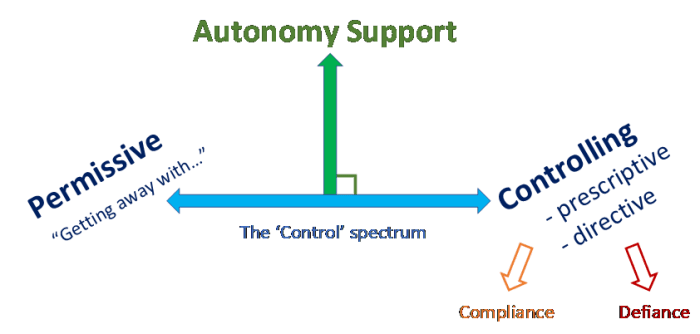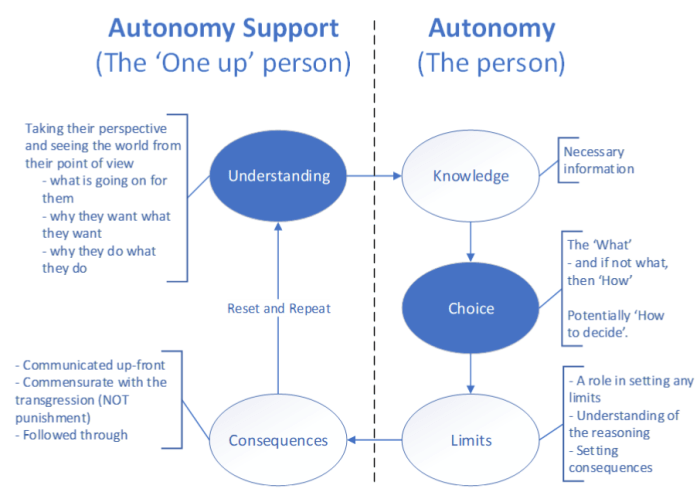 This is a quick guide I wrote to explain: what is meant by ‘Gemba walking’; who should do this and why; and how to go about doing them (regularly!).
This is a quick guide I wrote to explain: what is meant by ‘Gemba walking’; who should do this and why; and how to go about doing them (regularly!).
It is a detailed follow-up to an introductory post I wrote some five years ago (called ‘Meet the process’).
The What:
‘Gemba’ is a Japanese word meaning ‘the actual place’.
In service organisations1, this is likely to mean the front line, where the value is (or should be) created for the customer.
Gemba can be thought of as four actions:
- Go to the actual work place;
- See the actual work in process;
- Observe what is happening; and
- Collect the actual data.
It is fundamentally about working with facts (evidence) obtained in the work, rather than discussing opinions derived away from the work.
A Gemba walk would be to follow an initial customer demand being placed on the system all the way through to its conclusion (i.e. the proper resolution of the customer’s need) and observing (in detail2) everything that happens in between.
The Who and Why:
Anyone and everyone in a management position3 (all the way up to the CEO and the board) should be regularly going to the Gemba, to find out what happens and why.
“Most leaders’ assumptions about what is happening on a day-to-day basis really don’t align with what is actually taking place!” [Michael Bremer].
Put simply, managers should be managing based on what is actually happening. To go to the Gemba and really look is to open one’s eyes to reality!
The need for regularity in Gemba walking is that:
- it takes time for those in hierarchical positions to establish trust with those working at the front line (such that the people believe you are there to help, rather than judge, them);
- there is great variety within customer demands and, in order to understand this, you need to observe many different customers; and
- if changes are being made (as is nearly always the case), you need to be going back to see the effect (i.e. is it better? worse? no different?)
The How
The following is meant as a generic guide:
Create the ability to visit the work – talk with the site management, and whomever will be supervising on that day. Set them at their ease as to why you want to visit.
Once there, understand what customer demands are being handled.
Engineer your ability to (respectfully5) sit alongside employees who will be handling customer demands.
Introduce yourself to the employee – explain what you are wanting to do, and why. Set them at their ease. Discuss that you are interested in understanding:
- what the customer is asking for and/or needs – and why;
- how the organisational system responds; and
- what makes it hard (or impossible) for the employee to be able to help the customer
Listen and observe – take good clear notes.
Don’t interfere in the work – no tinkering or attempts at instructing/ advising/coaching. Let it happen as if you hadn’t been there.
Talk to the employee after the customer interaction has ended (perhaps walk through what you observed, asking any clarifying questions6) – demonstrate that you have not been making judgements about them.
Provide the opportunity for the employee to reflect on the customer interaction – help them think about the customer purpose and how the organisation responded.
Summarise your key findings.
Repeat until you see patterns in your findings.
Discuss your findings with site management such that they are pleased you came and would welcome you again.
Do something about what you found! (though see clarification 4 below).
Clarification 1: ‘Meet the process’ vs. ‘Meet the people’
Senior Managers may consider that they regularly go out to sites and that, in doing this, they are already ‘going to the Gemba’. However, there is a huge difference between going to sites to:
- meet the people; and
- encounter what’s actually happening
A typical management site visit would be to meet people when they aren’t dealing with customers, and ask these people questions along the lines of ‘how are things going?’
This is a very poor, and typically misleading, approach to understanding the work.
Conversely, if managers sit with people whilst they perform the work, the meeting between manager and worker is a healthy by-product. It is also more likely to allow ‘conversations between equals’ (i.e. remove hierarchy as a barrier).
Clarification 2: Mindset
The point of Gemba Walking is to find things to improve, NOT to hope that all is working according to expectations.
The mindset is to look for opportunities for improvement. It is completely unrealistic to suppose that everything is going wonderfully. It won’t be. Rather than being disappointed that all is not going as desired and/or as ‘instructed’, be thankful that you’ve found out what’s actually happening and can now facilitate doing something useful about this.
Clarification 3: Surveys aren’t ‘in the work’
You can’t understand how the work works (or why it is like this) from performing surveys. You can (perhaps) gain some idea of the outcomes that the work created from surveying people afterwards but even this is likely to be limited, biased and muted (Ref. my earlier posts on ‘Net Promoter Score’).
The place to understand is in the work.
Clarification 4: Making improvements
When you go to the Gemba you will notice lots of things – many (most) that have been hidden from you.
You may want to rush off and make changes! However, if you act in this way:
- you will likely be swamped with things to do;
- you will have taken ownership of them (and away from the people in the work); and
- you risk acting in a component (rather than systemic) way
For each thing you notice, the need is to work with the people to ascertain:
- what the people can own – and your role is to help them develop the capability to improve their own work (and how they would know if it is an improvement); and
- what is systemic and therefore out of their direct control – and your role is to champion the bigger changes for them.
Footnotes
1. In Manufacturing, Gemba is likely to mean the factory floor.
2. Re. in detail: “It should take you [Management] hours to walk 100 metres each time you enter the factory [i.e. the work place]. If it takes you no time at all…that means no one is relying on you.”[Taiichi Ohno]
3. Re. regularity: If you are sat in a management meeting and aren’t regularly going to the Gemba, then what on earth are you talking about?!
4. The word Gemba: Another (and perhaps more correct) way to refer to what is being meant when we use the word ‘Gemba’ is (as I understand it) Genchi Genbutsu – meaning ‘the real location, the real thing’.
5. You will need to understand the nature of the customer interaction and what is most appropriate. There is a difference between listening to a telephone call and observing a face-to-face meeting. The need is to be able to see and understand what happens without getting in the way/ affecting the interaction.
6. All your questions should be about ‘why’ and not about ‘who’.
 Over my years of reading and experiential learning, I’ve understood that there are three fundamental elements relevant to a human being’s psychological well-being1:
Over my years of reading and experiential learning, I’ve understood that there are three fundamental elements relevant to a human being’s psychological well-being1:


